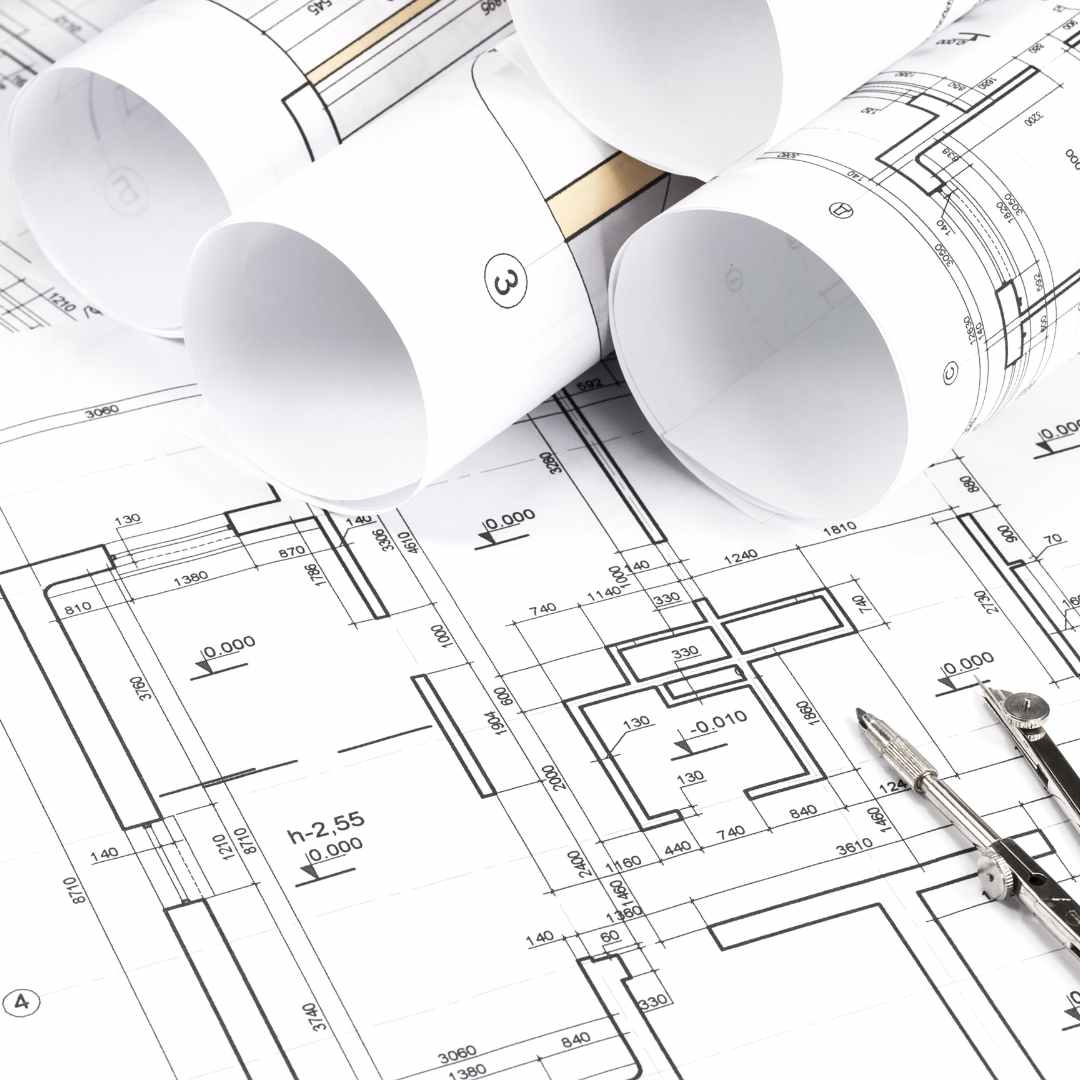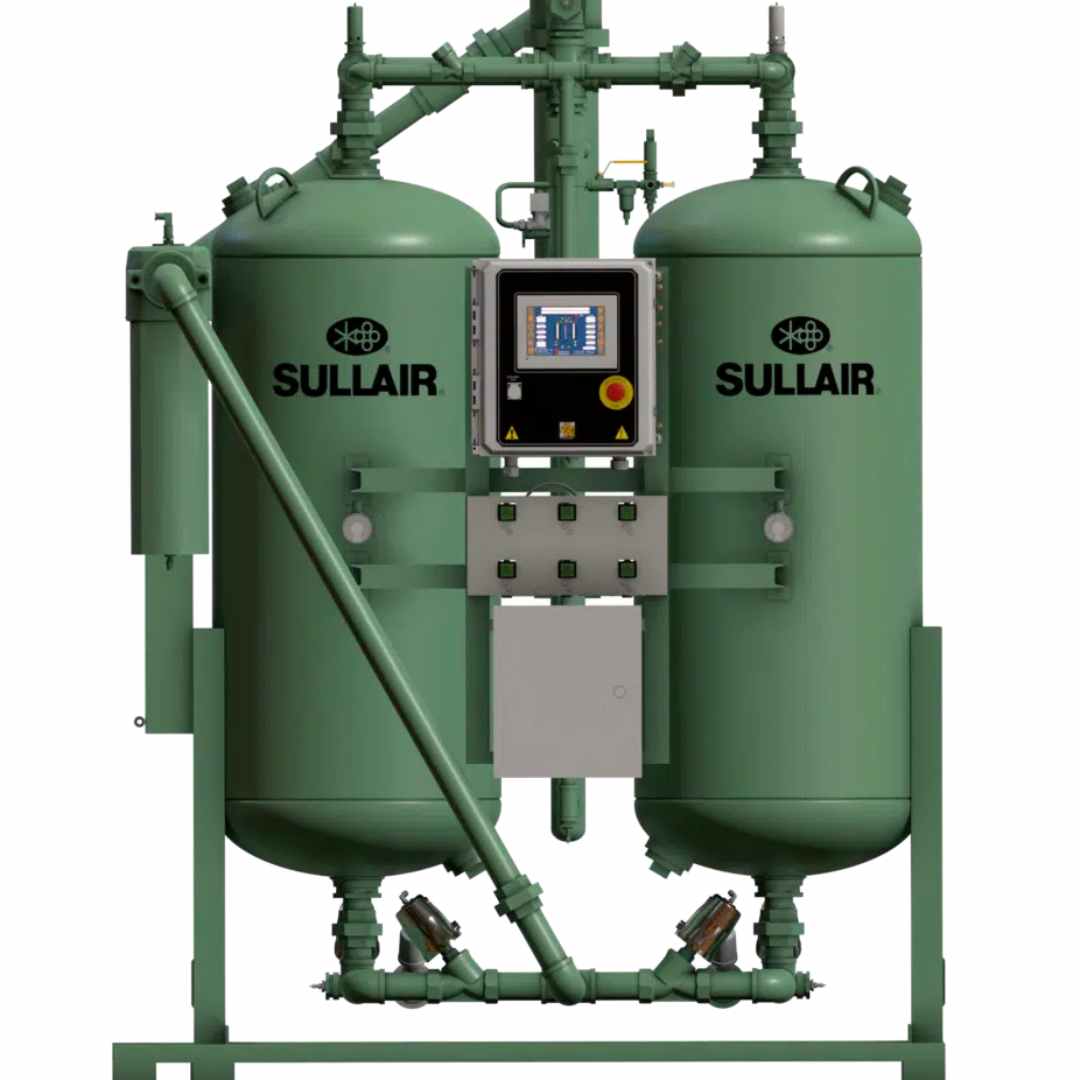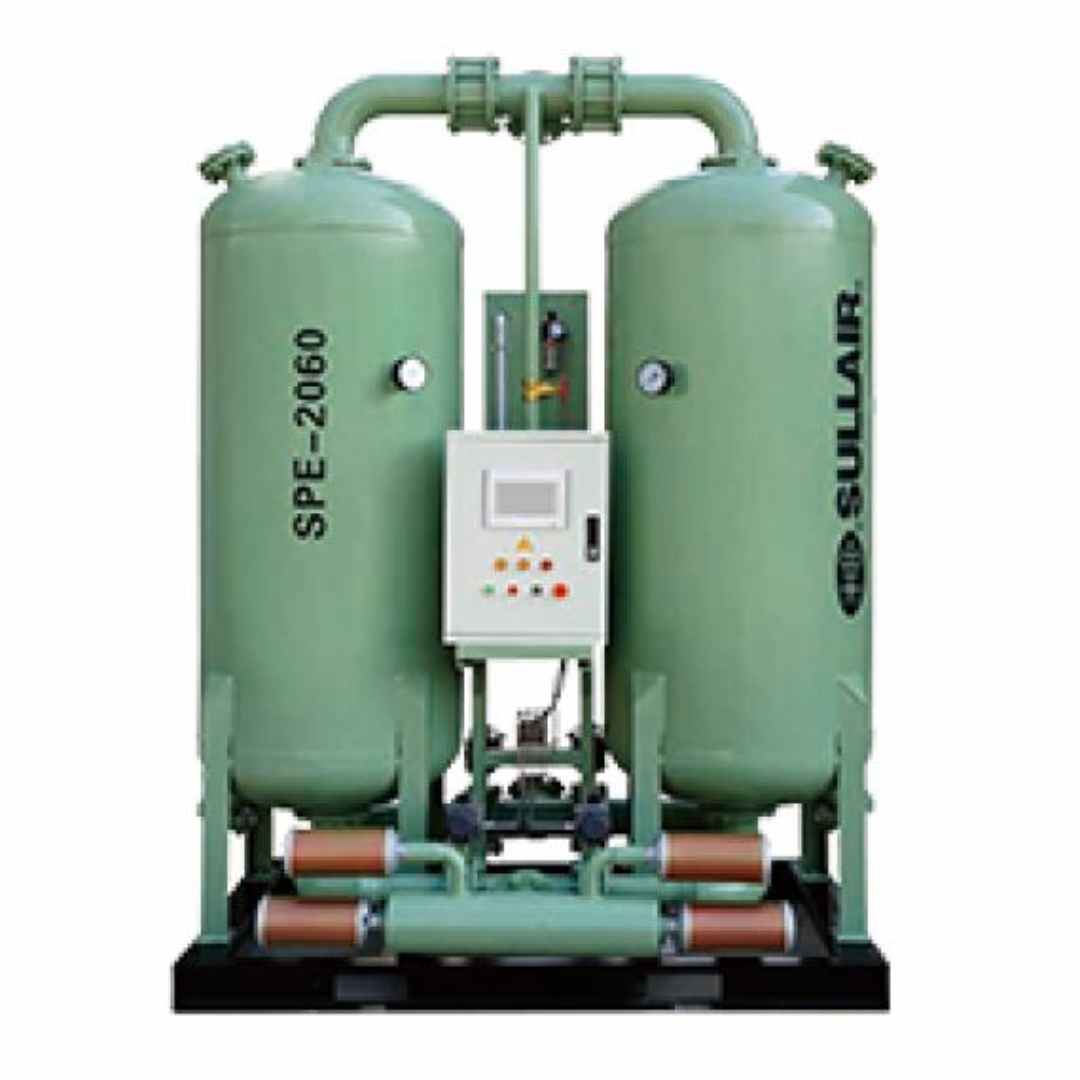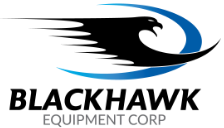The Critical Role of Sullair Air Treatment Dryers in Protecting Your Downstream Equipment
05/21/2025

Compressed air is often referred to as the "fourth utility" in industrial facilities, powering a vast array of tools, machinery, and processes. However, unlike electricity, natural gas, or water, compressed air generated on-site inherently contains a hidden enemy: moisture. Untreated, wet compressed air can wreak havoc throughout your plant, leading to equipment corrosion, premature failures, product spoilage, and significant operational inefficiencies. Sullair, a name synonymous with robust and reliable compressed air solutions, understands this challenge intimately. That's why their range of air treatment dryers is engineered to be a critical line of defense, ensuring your downstream equipment and processes are protected by a consistent supply of high-quality, dry air. As we navigate the industrial demands of May 2025, the importance of pristine air quality cannot be overstated, and Blackhawk Equipment is here to guide you through Sullair's effective solutions.
The Unseen Saboteur: Why Moisture in Compressed Air is So Detrimental
Atmospheric air always contains water vapor. The process of air compression concentrates this moisture. As the compressed air cools downstream, this water vapor condenses into liquid water, leading to a host of problems:
- Corrosion Catastrophe: Liquid water is a primary catalyst for rust and corrosion in compressed air piping, storage tanks, valves, and pneumatic components. This corrosion not only weakens the infrastructure but also introduces particulate contamination (rust particles) into the airstream.
- Equipment Malfunction and Premature Failure: Moisture can wash away lubricants in pneumatic tools and cylinders, leading to increased wear and tear and eventual seizure. Sensitive pneumatic controls, actuators, and instrumentation are particularly vulnerable to malfunction or damage from wet, dirty air.
- Product Spoilage and Quality Issues: In many applications, such as spray painting, food and beverage processing, pharmaceuticals, and electronics manufacturing, direct contact with contaminated compressed air can lead to product defects, spoilage, or rejection, impacting your bottom line and reputation.
- Operational Inefficiency: Water slugs can cause tools to operate erratically. In applications like sandblasting or conveying, moisture can cause media to clump, reducing effectiveness.
- Freezing in Cold Environments: In colder climates or outdoor pipe runs, condensed moisture can freeze, leading to blockages, pressure drops, and even pipe bursts.
- Increased Maintenance Costs and Downtime: Dealing with the consequences of wet air – repairing or replacing damaged equipment, addressing product quality issues, and clearing blockages – translates directly to higher maintenance costs and unscheduled production downtime.
Sullair's Commitment to Clean, Dry Air: A Pillar of System Reliability
Sullair has built its reputation on providing complete and reliable compressed air systems. They recognize that the air compressor itself is only one part of the equation. Delivering high-quality compressed air to the point of use is equally important. Sullair's philosophy centers on providing robust, efficient, and correctly sized air treatment solutions, with their dryers being a cornerstone of this approach, designed to integrate seamlessly with their compressors.
Key Sullair Air Dryer Technologies for Diverse Industrial Needs
Sullair offers a comprehensive portfolio of air dryers, employing different technologies to meet the varying air quality requirements and operational conditions of different industries:
-
Sullair Refrigerated Air Dryers (e.g., SRD, SRN, and SPR Series):

- Working Principle: Refrigerated dryers cool the incoming compressed air using a closed-loop refrigeration system. As the air cools, its ability to hold water vapor decreases, causing the moisture to condense into liquid. This liquid water is then efficiently removed by an integrated separator and automatic drain.
- Pressure Dew Point (PDP): These dryers typically achieve a pressure dew point in the range of 35°F to 50°F (2°C to 10°C). This means water vapor will not condense unless the air temperature drops below this point.
-
Types and Features of Sullair Refrigerated Air Dryers:
- Non-Cycling Refrigerated Dryers: These are a cost-effective solution where the refrigeration system runs continuously. They are ideal for applications with relatively stable air demand.
- Cycling (Energy-Saving) Refrigerated Dryers: Sullair's advanced cycling dryers, like some models in their SRN or SPR series, intelligently cycle the refrigeration compressor on and off based on the actual air demand or moisture load. This is often achieved using a thermal mass or sophisticated controls, resulting in significant energy savings during periods of reduced air consumption compared to non-cycling designs. This is a key consideration for facilities with variable air usage patterns.
- Applications: Suitable for most general industrial applications, including powering pneumatic tools, general manufacturing, and workshops where a moderate dew point is acceptable and freezing conditions are not a concern for downstream piping.
-
Sullair Desiccant Air Dryers (e.g., D-Series, DHL/DMD/DES Series):

- Working Principle: Desiccant dryers utilize a process called adsorption. Wet compressed air flows through a bed of desiccant material (such as activated alumina or molecular sieve), which attracts and holds water vapor molecules on its surface. Typically, these dryers use a twin-tower design; while one tower is actively drying the air, the other tower is undergoing regeneration to remove the collected moisture from its desiccant bed.
- Pressure Dew Point (PDP): Desiccant dryers are capable of achieving very low pressure dew points, commonly -40°F/-40°C (the industry standard for "instrument quality" air) and even down to -100°F/-73°C for highly critical applications.
-
Types of Regeneration and Features of Sullair Desiccant Air Dryers:
- Heatless Desiccant Dryers (Pressure Swing Adsorption - PSA): These dryers use a portion of the super-dry compressed air (purge air) expanded to near atmospheric pressure to regenerate the off-stream tower. They are mechanically simple but have higher operational costs due to the energy consumed to produce the purge air.
- Heated Purge / Blower Purge Desiccant Dryers (Temperature Swing Adsorption - TSA): To reduce purge air consumption and improve energy efficiency, Sullair offers heated desiccant dryers. These use external heaters to warm the purge air (heated purge) or ambient air supplied by a blower (blower purge) to regenerate the desiccant. This significantly reduces the amount of valuable compressed air used for regeneration. Sullair’s advanced models often feature Dew Point Dependent Switching (DDS), which monitors the outlet dew point and adjusts regeneration cycles based on actual moisture load, further optimizing energy use rather than running on fixed timers.
- Applications: Essential for applications requiring extremely dry air, such as critical instrumentation and controls, spray painting, electronics manufacturing, food and pharmaceutical processing, and outdoor air lines exposed to freezing temperatures.
 Selecting the Optimal Sullair Dryer: Guiding Your Decision
Selecting the Optimal Sullair Dryer: Guiding Your Decision
Choosing the right Sullair dryer involves a careful assessment of several factors:
- Required Air Quality (ISO 8573-1): Determine the specific ISO 8573-1 air quality class needed for your most sensitive downstream application. This standard classifies air based on solid particulate, water, and oil content.
- Flow Rate (CFM/CMH): The dryer must be correctly sized to handle the maximum output of your air compressor(s).
- Operating Pressure and Temperature: Ensure the selected dryer is rated for your system's specific operating conditions.
- Energy Efficiency: This is a crucial consideration, especially for May 2025 and beyond. Compare the energy consumption of different dryer types and models, particularly the benefits of cycling refrigerated dryers and energy-efficient desiccant regeneration methods (like blower purge with DDS).
- Total Cost of Ownership: Balance the initial capital cost with long-term operating costs (energy, maintenance, consumables like desiccant).
- Maintenance Requirements: Understand the service intervals and typical maintenance tasks for each dryer type. Sullair designs prioritize reliability and ease of service.
- Ambient Conditions: The performance of air-cooled refrigerated dryers can be affected by high ambient temperatures.
The Importance of System Integration: Pre- and After-Filtration
To ensure optimal dryer performance and protect the dryer itself, proper filtration is essential.
- Pre-filtration: A high-quality coalescing filter installed before the dryer (especially critical for refrigerated and desiccant types) is necessary to remove bulk liquids, oil aerosols, and larger particulates that can foul heat exchangers or contaminate desiccant beds.
- After-filtration: A particulate after-filter is often recommended after desiccant dryers to capture any fine desiccant dust that might carry over into the airstream. Sullair offers a complete range of filters designed to complement their dryers, ensuring a fully integrated and effective air treatment system.
Blackhawk Equipment: Your Sullair Air Treatment Solution Experts
Navigating the complexities of air treatment can be challenging. Blackhawk Equipment’s team of compressed air specialists, including DOE AirMaster+ certified professionals, are here to assist you. We provide:
- Thorough assessment of your compressed air quality needs.
- Expert selection and sizing of the ideal Sullair dryer and filtration package for your specific applications.
- Professional installation, commissioning, and ongoing maintenance services for all Sullair air treatment products.
- A commitment to delivering complete, reliable, and energy-efficient compressed air solutions.
Conclusion: Secure Your Operations with Sullair's Proven Air Treatment
Investing in high-quality compressed air is an investment in the longevity of your equipment, the quality of your products, and the overall efficiency of your operations. Sullair air treatment dryers provide a robust and reliable solution for removing detrimental moisture, ensuring that your facility operates with clean, dry compressed air. By carefully considering your application requirements and partnering with knowledgeable experts, you can implement an air treatment system that protects your valuable assets and contributes to a more productive and profitable plant.
Don't let moisture compromise your operations. Contact Blackhawk Equipment today to explore Sullair’s comprehensive range of air treatment dryers and let us tailor a solution that delivers the air quality your processes demand.
